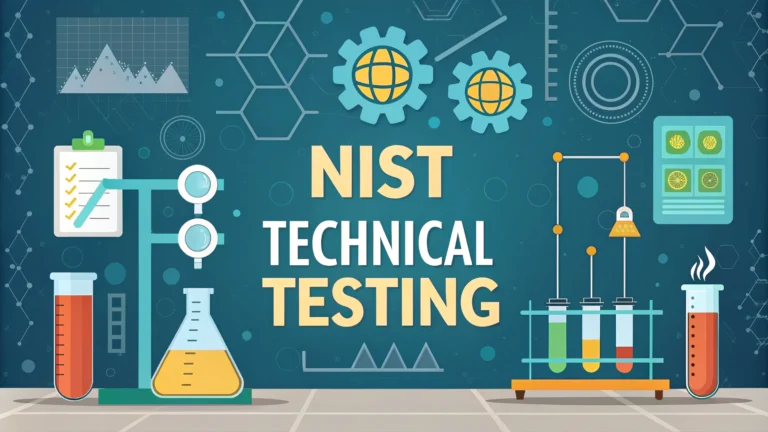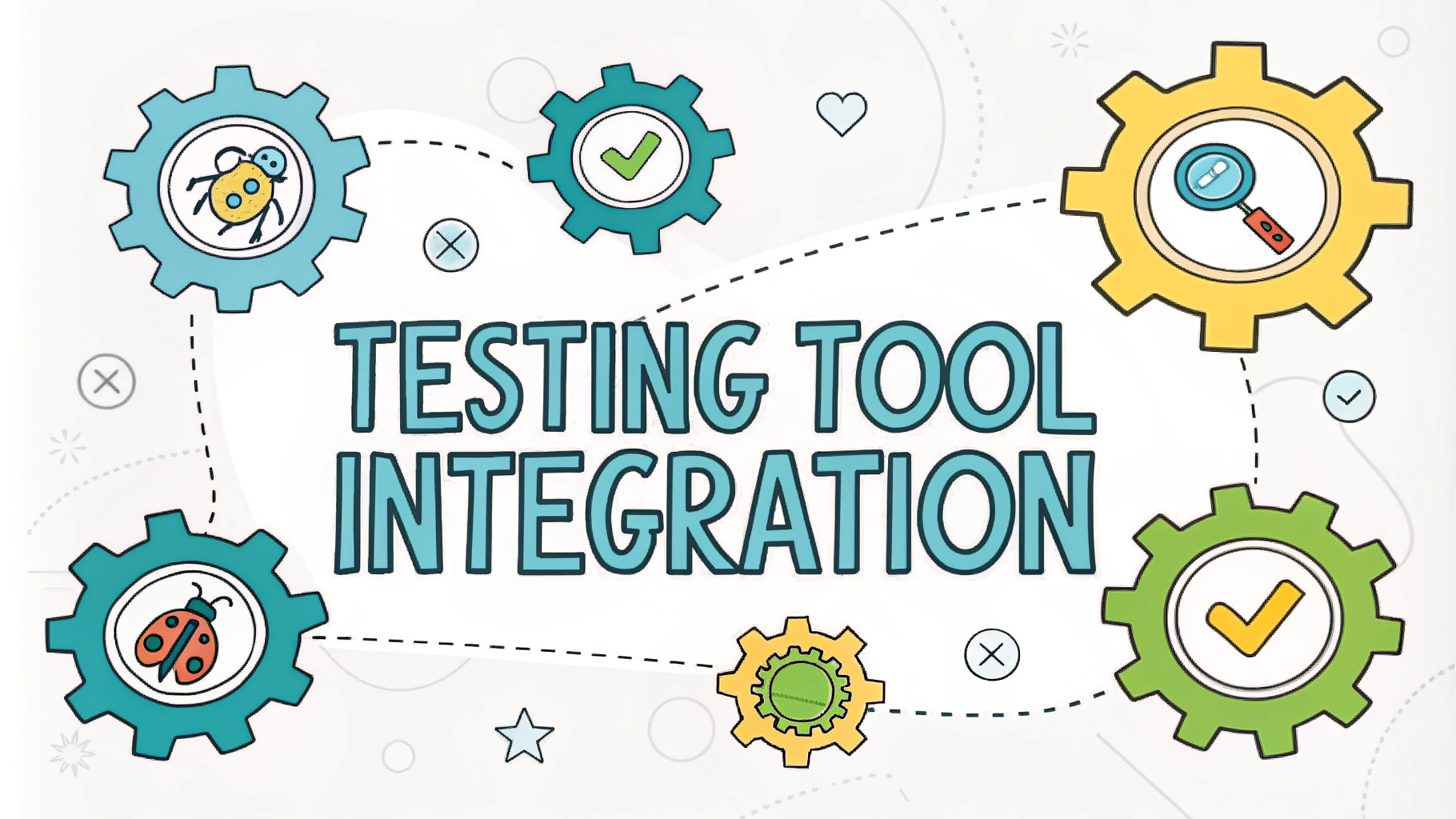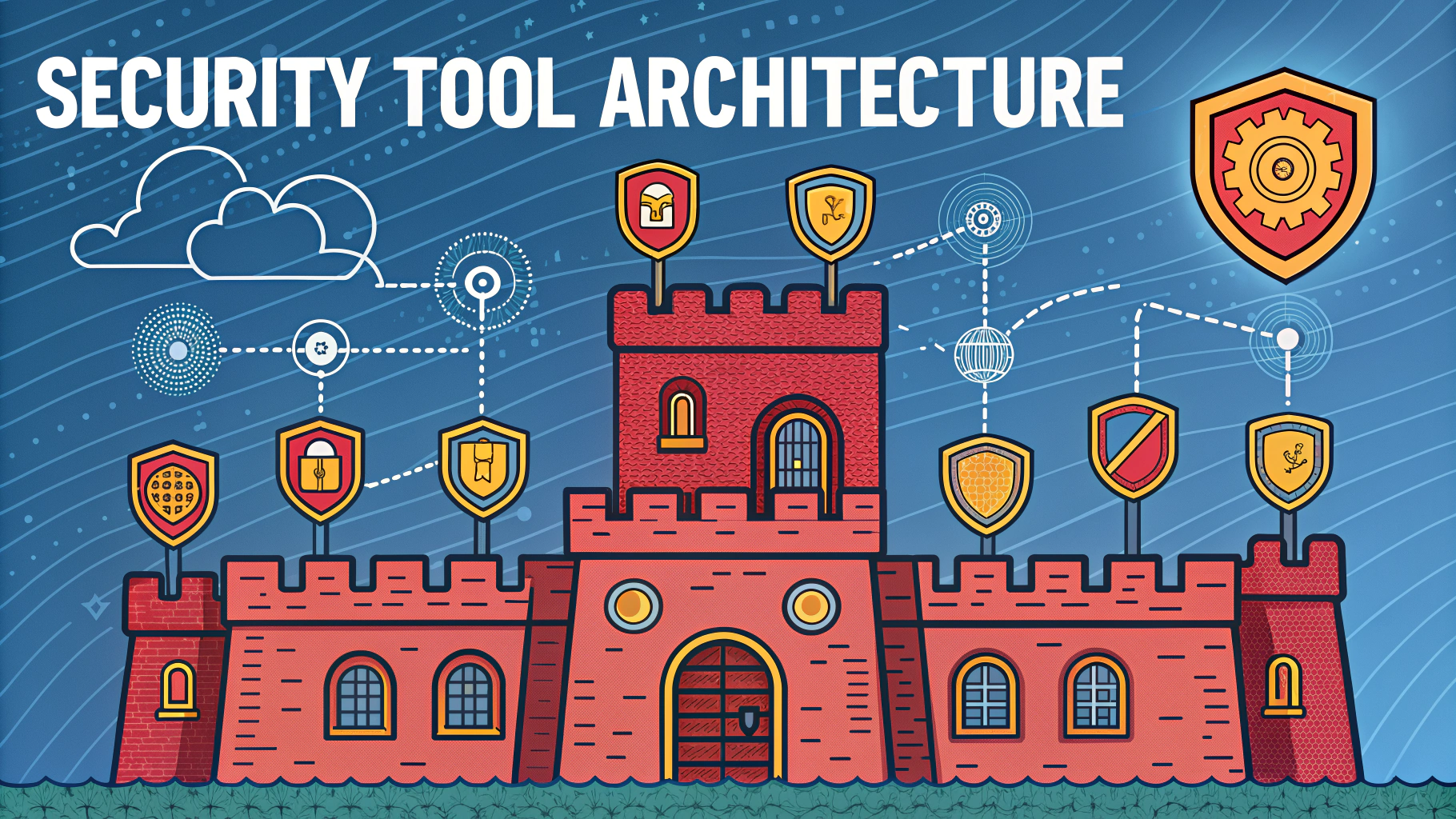NIST Technical Testing represents a structured approach to penetration testing based on guidelines from the National Institute of Standards and Technology.
Quick Overview of NIST Technical Testing Methodology:
- Planning and Discovery
- Attack Surface Analysis
- Vulnerability Analysis
- Penetration Attempt
- Reporting
The NIST SP 800-115 document outlines specific requirements and methodologies for technical security testing.
Planning Phase Components
- Rules of engagement documentation
- Scope definition
- Testing timeline establishment
- Resource allocation
Documentation requirements follow strict NIST guidelines for maintaining testing evidence and chain of custody.
Key Testing Areas According to NIST:
| Area | Focus Points |
|---|---|
| Network Security | Port scanning, service enumeration, network mapping |
| Application Security | Web applications, APIs, custom software |
| System Security | OS vulnerabilities, patch management, configurations |
NIST testing requires maintaining detailed logs of all testing activities and discovered vulnerabilities.
Practical Implementation Tips:
- Use NIST-approved scanning tools
- Follow the testing workflow precisely
- Document each step with screenshots and logs
- Maintain proper authorization paperwork
Test results must be categorized according to NIST’s risk assessment framework (NIST SP 800-30).
Reporting Requirements:
- Executive summary for management
- Technical findings with CVSS scores
- Remediation recommendations
- Risk assessment matrix
For more information on NIST technical testing standards, visit NIST Special Publication 800-115.
Contact NIST’s Computer Security Division at [email protected] for clarification on testing requirements.
Implementation Strategy
Resource Requirements
- Certified security testing personnel
- Automated testing platforms
- Documentation management systems
- Incident response procedures
Testing Environment Setup
- Isolated network segments
- Test data preparation
- Backup systems verification
- Monitoring tools deployment
Quality Assurance Measures
| Activity | Quality Control Measure |
|---|---|
| Test Execution | Peer review of testing procedures |
| Documentation | Multiple-level verification process |
| Reporting | Independent validation of findings |
Continuous Improvement
- Regular methodology updates
- Integration of new testing tools
- Team training and certification
- Feedback implementation process
Conclusion
NIST Technical Testing provides a comprehensive framework for conducting systematic security assessments. Success depends on strict adherence to methodology, proper documentation, and continuous process improvement. Organizations must maintain compliance with NIST guidelines while adapting to emerging security threats and technological advances.
Regular updates to testing procedures and ongoing staff training ensure the effectiveness of the NIST technical testing program. Future adaptations should focus on emerging technologies and evolving threat landscapes while maintaining the core principles of the NIST framework.
FAQs
- What is NIST Technical Testing and how does it differ from regular penetration testing?
NIST technical testing follows specific guidelines established by the National Institute of Standards and Technology, incorporating standardized methodologies and controls outlined in NIST Special Publication 800-115. It’s more structured and compliance-focused than conventional penetration testing. - What are the key NIST frameworks used in technical testing?
The primary frameworks include NIST SP 800-53, NIST SP 800-115, and the NIST Cybersecurity Framework (CSF). These provide comprehensive guidance for security assessment, testing procedures, and control validation. - How often should NIST technical testing be performed?
NIST recommends conducting technical testing at least annually, with additional testing after significant system changes, infrastructure modifications, or major updates to applications and networks. - What are the phases of NIST technical testing?
The phases include Planning, Discovery, Attack, Reporting, and Cleaning. Each phase must be documented and follows specific NIST guidelines for execution and documentation. - What types of systems can be tested under NIST technical testing guidelines?
NIST technical testing can be applied to network infrastructure, web applications, mobile applications, cloud systems, IoT devices, and any information systems that fall under federal or regulatory compliance requirements. - What credentials are required for NIST technical testing professionals?
Testers should possess relevant security certifications (like CEH, CISSP, or OSCP), understand NIST frameworks thoroughly, and have experience with federal compliance requirements and security control validation. - How does NIST technical testing support compliance requirements?
It provides documented evidence of security control effectiveness, helps meet federal compliance requirements (FISMA, FedRAMP), and ensures alignment with NIST security guidelines and standards. - What documentation is required for NIST technical testing?
Required documentation includes test plans, rules of engagement, scope definitions, test results, vulnerability findings, risk assessments, and detailed remediation recommendations, all following NIST documentation standards. - What are the reporting requirements for NIST technical testing?
Reports must include executive summaries, detailed technical findings, risk ratings based on NIST standards, clear remediation steps, and documentation of testing methodologies used. - How does NIST technical testing handle sensitive data discovery?
It follows strict protocols for handling sensitive data, including immediate reporting of critical findings, secure storage of test results, and compliance with data protection requirements specified in NIST SP 800-122.







